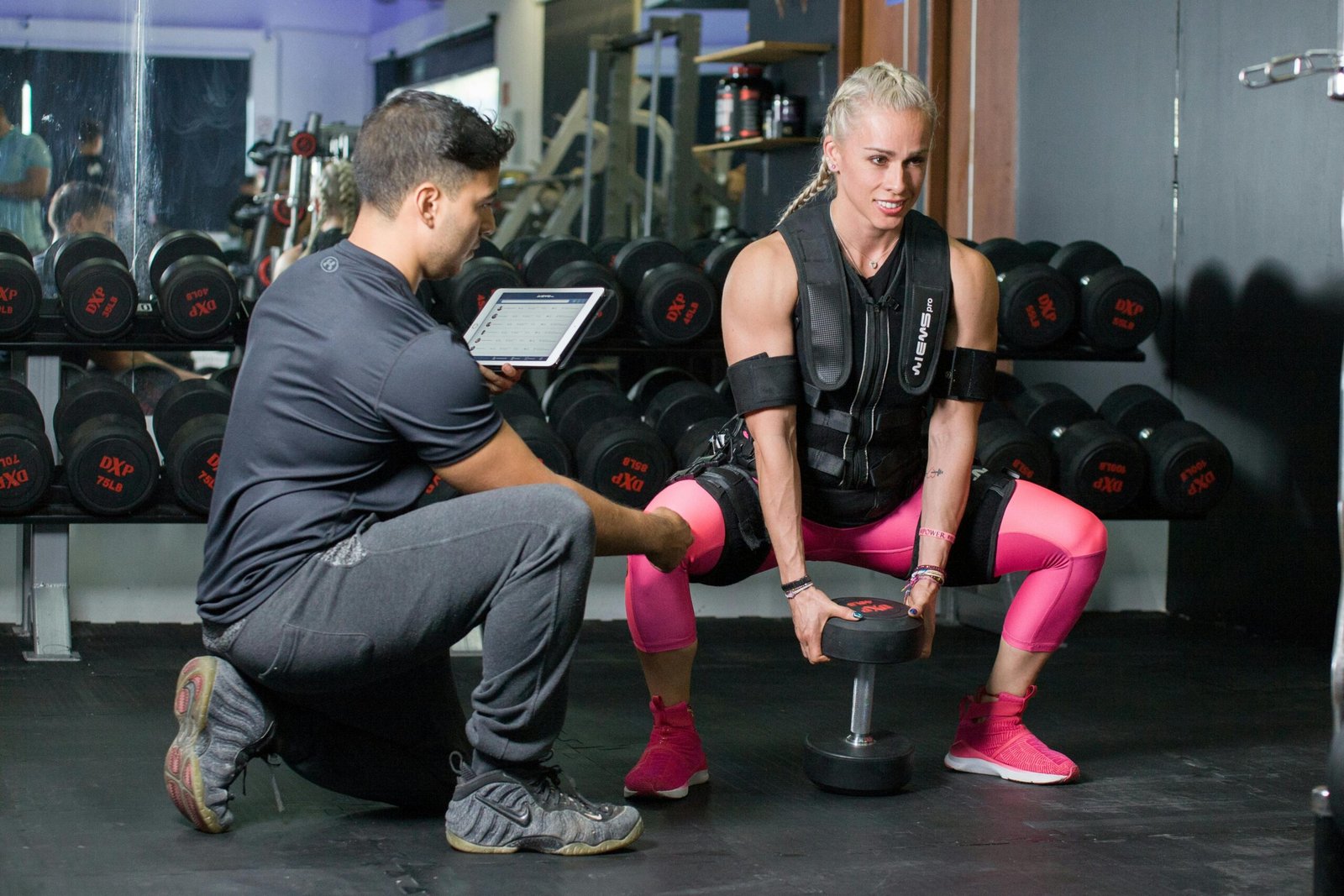Breast reduction surgery, also known as reduction mammaplasty, is a transformative procedure designed to alleviate physical discomfort, improve quality of life, and enhance breast aesthetics for women with disproportionately large breasts. From addressing chronic pain and discomfort to restoring confidence and mobility, breast reduction surgery offers significant benefits for eligible patients. In this article, we delve into the indications for breast reduction surgery, explore the techniques employed, and examine the patient satisfaction outcomes associated with this life-changing procedure.
Table of Contents
Indications for Breast Reduction Surgery
- Women with large, pendulous breasts often experience physical discomfort, including chronic neck, shoulder, and back pain, as well as bra strap grooving, skin irritation, and posture-related issues, which is why many consider breast augmentation Melbourne to improve both comfort and appearance. Breast reduction surgery can alleviate these symptoms by reducing breast volume and redistributing breast tissue to achieve a more proportionate and balanced breast size.
- Functional Impairment: Overly large breasts can interfere with daily activities and physical functioning, limiting mobility, participation in sports or exercise, and the ability to find properly fitting clothing. Breast reduction surgery aims to improve functional outcomes and restore freedom of movement, allowing patients to lead more active and fulfilling lives.
- Psychosocial Impact: The psychological impact of disproportionately large breasts should not be underestimated, as it can contribute to feelings of self-consciousness, social discomfort, and diminished self-esteem. Breast reduction surgery can boost confidence, enhance body image, and improve overall psychological well-being by achieving a more proportionate and aesthetically pleasing breast appearance.
Surgical Techniques in Breast Reduction
- Anchor (Inverted-T) Incision: The anchor or inverted-T incision is the most common technique used in breast reduction surgery. It involves making an incision around the areola, vertically down the lower breast crease, and horizontally along the breast fold, allowing the surgeon to remove excess breast tissue, reshape the breast mound, and reposition the nipple-areola complex for optimal aesthetics and symmetry.
- Vertical (Lollipop) Incision: The vertical or lollipop incision technique is a variation of the anchor incision, omitting the horizontal incision along the breast fold. This approach is suitable for patients with moderate breast ptosis (sagging) and allows for a shorter scar and faster recovery compared to the traditional anchor incision.
- Liposuction-Assisted Breast Reduction: Liposuction-assisted breast reduction involves using liposuction techniques to remove excess fat from the breast tissue, reducing breast volume and achieving a more sculpted breast contour. This approach is ideal for patients with primarily fatty breast tissue and minimal skin laxity.
Patient Satisfaction Outcomes
- Symptom Relief: Breast reduction surgery consistently yields high rates of symptom relief and patient satisfaction among women with disproportionately large breasts. Studies have shown significant improvements in pain, discomfort, physical functioning, and quality of life following breast reduction surgery, with many patients reporting long-lasting benefits and improved overall well-being.
- Aesthetic Improvement: Beyond symptom relief, breast reduction surgery can enhance breast aesthetics and achieve a more proportionate and balanced breast appearance. Patients often report increased satisfaction with breast shape, size, and symmetry, as well as improved clothing fit and confidence in their physical appearance.
- Psychological Well-being: The psychological benefits of breast reduction surgery extend beyond physical changes, positively impacting patients’ self-esteem, body image, and psychosocial functioning. Many women experience enhanced confidence, reduced self-consciousness, and improved emotional well-being following breast reduction surgery, leading to greater satisfaction with their overall quality of life.
Conclusion
Breast reduction surgery is a transformative procedure that offers numerous benefits for women struggling with disproportionately large breasts. By addressing physical discomfort, functional impairment, and psychosocial concerns, breast reduction surgery can significantly improve patient outcomes and quality of life. Through meticulous surgical techniques, individualized treatment plans, and comprehensive preoperative evaluation and counseling, breast reduction surgeon Dr. Okada can optimize patient satisfaction and achieve long-lasting results in breast reduction surgery. As an integral component of holistic breast health care, breast reduction surgery empowers women to live more comfortably, confidently, and happily in their bodies, free from the burdens of excessively large breasts.
Photo by imustbedead:












